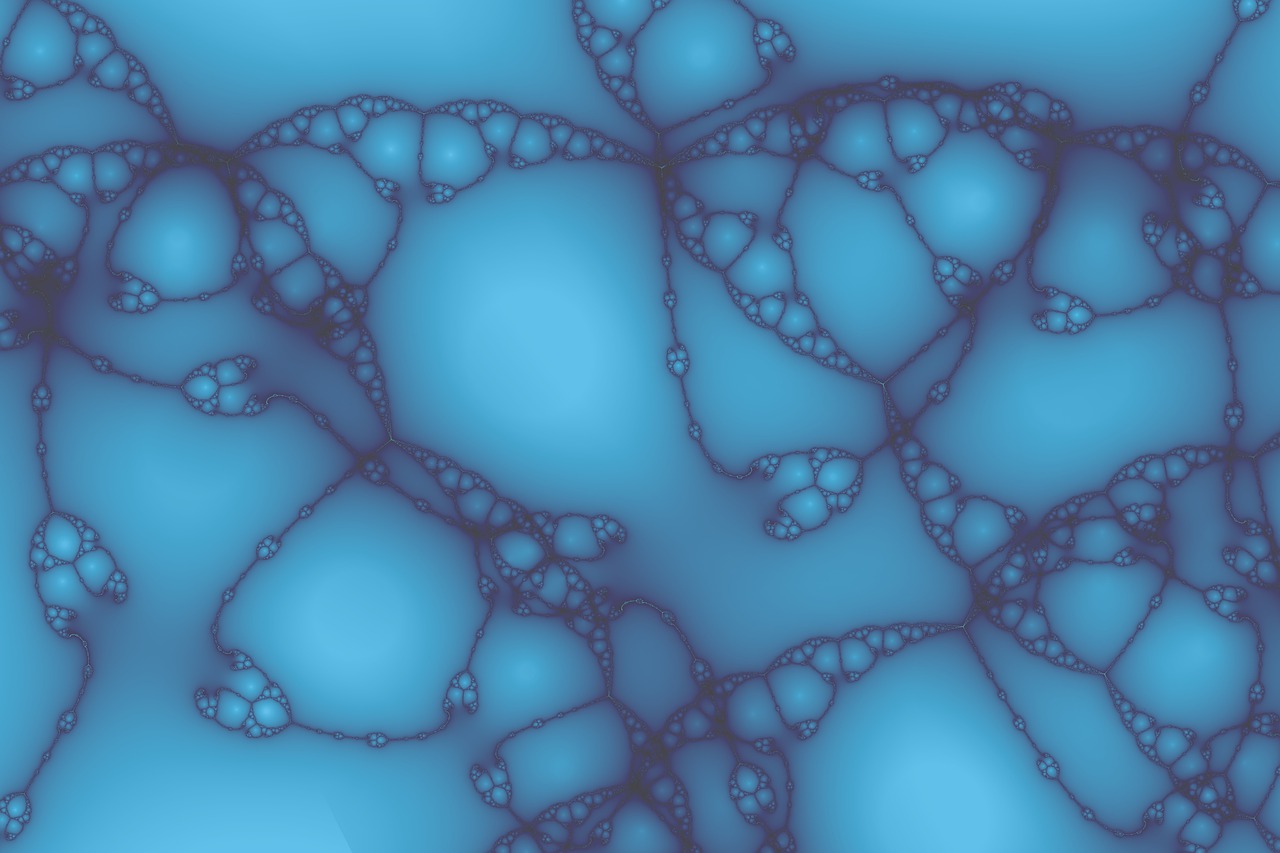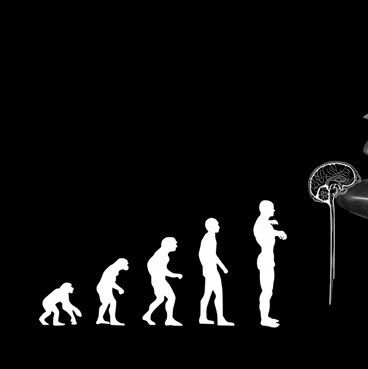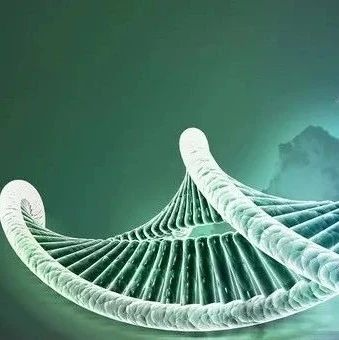新研究表明,在胁迫条件下,果蝇转录因子ATF-2从紧密缠绕的DNA中释放下来,从而激活曾经沉默的基因表达。

改变的亲本表观遗传性状
最近的研究已经表明遭受胁迫应激的双亲(stressed parents)能够把表观遗传的变化传递到后代,从而影响它们患上疾病的风险性,但是产生这种传递的过程仍然是个谜。如今,2011年06月21发表在Cell杂志上的一篇研究论文“Inheritance of stress-induced, ATF-2-dependent epigenetic change(压力诱导的ATF-2依赖性的表观遗传变化的遗传)”[1]表明,当果蝇处于胁迫条件下,一种转录因子从紧紧地结合到称作异染色质(heterochromatin)的DNA缠绕区域上释放出来,从而允许这些缠绕区域解开而能进行复制。
马萨诸塞大学医学院(University of Massachusetts Medical School)的一名遗传学者Oliver Rando(为参与该项研究)说,“这份研究非常吸引人的一方面就是异染色质上发生的影响能够传递到下一代”。他补充道,这些研究结果呼应了在酵母上发现的相类似的研究结果,表明表观遗传学遗传(epigenetic inheritance, 也可译作基因外遗传)的这种分子途径在包括人在内的不同物种中是保守的。
自从20世纪九十年代,David Barker观察到出生时体重低的婴儿更容易在生命后期患上心脏病和糖尿病以来,研究人员早就猜测父母遭受苦难的经历,比如饥荒,能够导致他们的孩子发生表观遗传变化。但是苦难经历如何实现这种效应当时是不清楚的。
2010年,Rando和他的同事们发表在Cell杂志上的一篇论文“Paternally-induced transgenerational environmental reprogramming of metabolic gene expression in mammals (哺乳动物中父本诱导的代谢基因表达的跨代环境重新编程)[2]”发现用低蛋白食物喂食的雄性大鼠表现出DNA甲基化变化而且在肝脏中形成较高水平的胆固醇---它们能将这些差异遗传到年轻的大鼠。2009年发表在The Journal of Biological Chemistry杂志上的一篇关于酵母的论文“The Transcription Factor Atf1 Binds and Activates the APC/C Ubiquitin Ligase in Fission Yeast(裂殖酵母转录因子Atf1结合并且激活APC/C泛素连接酶)”[3]表明正常情况下通过结合到异染色质沉默基因表达的转录因子ATF-1,在胁迫条件下,从DNA上释放下来从而允许这一区域的DNA片段进行转录。为了观察在较高级生命形式中类似的途径是否运转,日本理化研究所(RIKEN)分子遗传学者Shunsuke Ishii和他的同事们研究了在果蝇上发现的ATF-1的近亲,称作ATF-2的转录因子。
在没有遭受胁迫的果蝇中,转录因子ATF-2结合到异染色质,导致异染色质紧密地包裹起来从而阻止它的转录。但是,当研究人员将果蝇胚胎暴露在高温和渗透变化---对果蝇而言是高胁迫---条件下,ATF- 2结合一个磷酸基团,导致自己从DNA上释放下来。Ishii说,那样接着就“通过减少组蛋白甲基化的方式破坏缠绕紧密的染色质结构”,从而导致曾经沉默的基因表达。激活位于缠绕紧密的DNA中的基因也会开启附近区域的一个编码果蝇眼睛白色的基因,这样就允许研究人员通过观察这种异常的表现型来研究基因激活。不仅是暴露在热冲击(heat shock)或渗透胁迫中的果蝇长出白色的眼睛,而且它们更可能拥有白色眼睛的后代,从而表明异染色质上的变化是可以遗传的。
Ishii说,研究人员正在计划后续的研究来确定在其他物种中,ATF-2调控哪些基因,哪些胁迫条件诱导它们表达。比如,在人类和小鼠中,热冲击并不对胚胎产生胁迫效应,但是营养不足或心理紧张状态相反可能会起作用。(towersimper译文)
生物探索推荐:
生物探索推荐英文摘要
Inheritance of stress-induced, ATF-2 dependent epigenetic change
Abstract: Atf1, the fission yeast homolog of activation transcription factor-2 (ATF-2), contributes to heterochromatin formation. However, the role of ATF-2 in chromatin assembly in higher organisms remains unknown. This study reveals that Drosophila ATF-2 (dATF-2) is required for heterochromatin assembly, whereas the stress-induced phosphorylation of dATF-2, via Mekk1-p38, disrupts heterochromatin. The dATF-2 protein colocalized with HP1, not only on heterochromatin but also at specific loci in euchromatin. Heat shock or osmotic stress induced phosphorylation of dATF-2 and resulted in its release from heterochromatin. This heterochromatic disruption was an epigenetic event that was transmitted to the next generation in a non-Mendelian fashion. When embryos were exposed to heat stress over multiple generations, the defective chromatin state was maintained over multiple successive generations, though it gradually returned to the normal state. The results suggest a mechanism by which the effects of stress are inherited epigenetically via the regulation of a tight chromatin structure.







